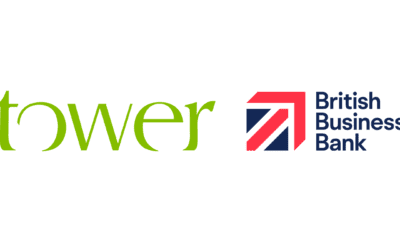Where are we today?
The main focuses and priorities of the business world have shifted throughout history. It is important that every single business is aware of how these orientations have changed over time in order to learn from mistakes and understand where the business world is at today.
Production Orientation – This orientation was triggered by the industrial revolution, the main emphasis being on making products as efficiently and cost-effectively as possible, making them more affordable. Affordability was important during this time so this orientation worked well, however, due to the nature of mass production every product was a ‘one size fits all’ and the products weren’t necessarily of the best quality.
Product Orientation – During the late 19th & early 20th century the focus was to concentrate on the product itself. As a result, top quality, competitive products with lots of features were produced. Quality has always been a priority for customers but the weakness found in this orientation was that the products weren’t necessarily satisfying what customers really wanted and needed.
Sales Orientation – The sales orientation lasted from the early 20th century right up until after the Second World War. Organisations would sell what they had rather than what customers needed, the main goal during this time was to sell as much as possible. This orientation is probably the most famous out of the orientations in history as it worked very well. However, times have changed and customers no longer respond as well to the hard sales approach adopted during this era.
Market Orientation – The shift soon changed to focusing on the market and the needs of the customers within each market segment. Over time customers have started showing a preference in customised products and therefore this orientation satisfied this need. Organisations started putting customer needs and wants at the centre of everything the company aimed to achieve resulting in high-quality, tailored products which differentiated companies from their competitors.
Marketing Orientation – The current focus today is on customer needs and wants in order to build long-term business relationships. Customers today have come to expect a more personalised service and product, this orientation satisfies this expectation. Organisations which have adopted this orientation will invest time into researching their customers, aim to deliver customer value and ensure all employees involved in achieving and maintaining quality (part-time marketers).
To sum up
Although these orientations have developed over time, there are still many organisations which have adopted past orientations. For example, Apple would have a huge emphasis on the quality of the products the organisation produces and sells.
All orientations have their strengths and weaknesses and it really depends on the aims of the organisation which manipulates which orientation is adopted. One thing that has become clear over time though is the increasing importance of satisfying customer needs and expectations.



